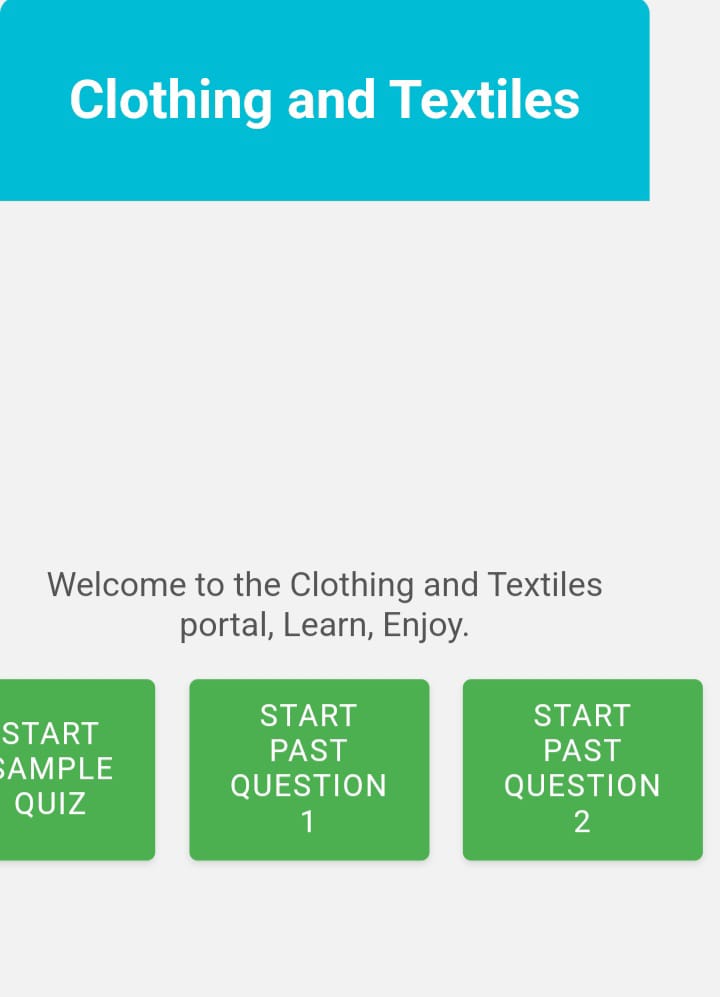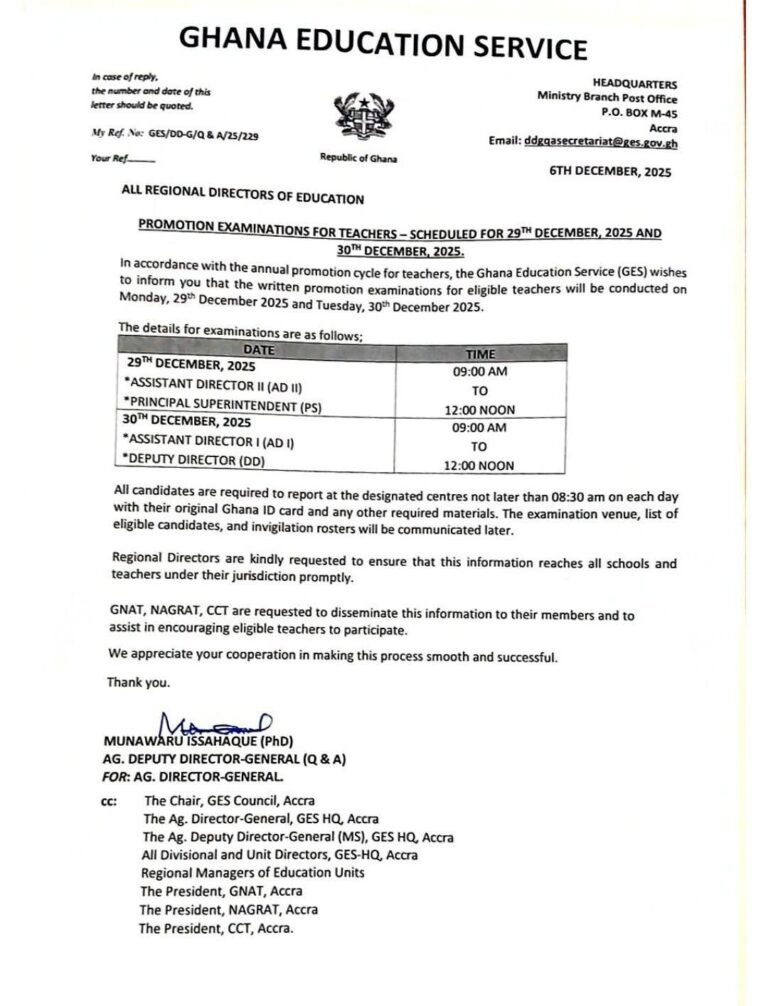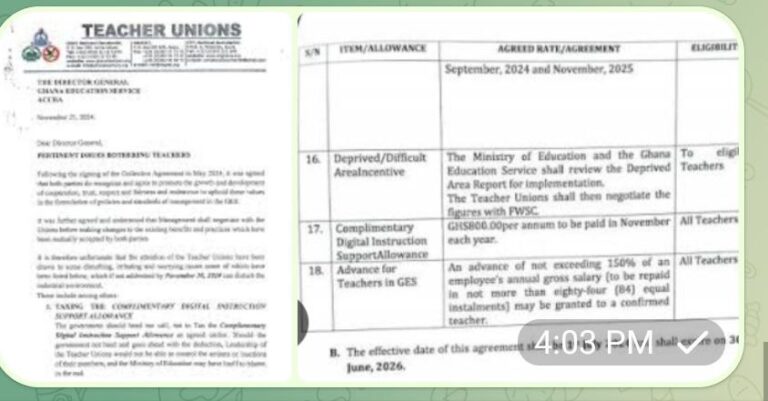
Comprehensive Guide to Clothing and Textiles Curriculum
National Teaching Council (NTC)
Content Development for Teacher Licensure Examinations
This structured framework outlines the Content Areas, Competencies, and Assessment Specifications for Clothing and Textiles in the Ghana Teacher Licensure Examinations.
Core Content Areas & Learning Outcomes
1. Introduction to Clothing and Textiles
Competencies:
-
Explain the socio-cultural significance of clothing
-
Classify tools/equipment for garment construction
Key Tasks:
-
Analyze how clothing reflects cultural identity
-
Create a labeled diagram of sewing machine parts
2. Textile Fibres and Fabrics
Competencies:
-
Distinguish between natural/synthetic fibres
-
Explain fabric construction methods (weaving, knitting)
Practical Applications:
-
Burn test to identify fibre types
-
Compare properties of cotton vs. polyester
3. Garment Construction Processes
Competencies:
-
Demonstrate 5 basic stitches (running, backstitch)
-
Construct 3 seam types (French, flat-fell)
Skill Development:
-
Sew a sample book of seams
-
Design a shirt with functional pockets
4. Basic Pattern Making
Competencies:
-
Take accurate body measurements
-
Adapt commercial patterns
Hands-On Activity:
-
Draft a basic skirt pattern
-
Modify a sleeve pattern for different armholes
5. Designing Clothing
Competencies:
-
Apply design principles (balance, proportion)
-
Select fabrics for different body types
Creative Project:
-
Mood board for a capsule wardrobe
-
Sketch designs for pear-shaped figures
6. Clothing Management
Competencies:
-
Remove common stains (grease, ink)
-
Interpret care label symbols
Practical Lessons:
-
Laundry experiment with different detergents
-
Wardrobe audit exercise
7. Clothing Consumption
Competencies:
-
Calculate fabric yardage for garments
-
Practice sustainable fashion habits
Real-World Application:
-
Compare cost-per-wear of fast vs. slow fashion
-
Upcycle old garments
8. Clothing Enterprise
Competencies:
-
Develop business plans for tailoring shops
-
Market textile products digitally
Entrepreneurship Focus:
-
Pricing strategy case studies
-
Social media marketing simulation
Assessment Blueprint
| Content Area | L1 (Recall) | L2 (Skills) | L3 (Strategic Thinking) | L4 (Extended Thinking) | Total |
|---|---|---|---|---|---|
| Introduction | 2 | 4 | 3 | 4 | 13 |
| Textile Science | 2 | 3 | 5 | 5 | 15 |
| Construction | 2 | 4 | 5 | 6 | 17 |
| Pattern Making | 2 | 3 | 5 | 4 | 14 |
| Design Principles | 2 | 2 | 3 | 3 | 10 |
| Clothing Care | 2 | 3 | 3 | 3 | 11 |
| Consumer Skills | 1 | 3 | 3 | 3 | 10 |
| Entrepreneurship | 2 | 3 | 3 | 2 | 10 |
| Total | 15% | 25% | 30% | 30% | 100% |
Key Features of the Curriculum
Applied Learning Focus
-
60% Higher-Order Skills: Pattern adaptation, sustainable design solutions
-
Industry-Relevant Tasks: Costing exercises, digital portfolio development
Cultural Relevance
-
Case studies on Ghanaian textile traditions (kente, adinkra)
-
Projects using locally-sourced materials
Assessment Innovation
-
Practical exams: Construct a child’s dress with placket
-
Viva voce on fabric selection principles
Educator Support Tools
-
Sample Lesson Plans:
-
“Interpreting Care Labels” for JHS
-
“Fashion Entrepreneurship” for SHS
-
-
Rubrics:
-
Garment construction quality checklist
-
Business pitch evaluation criteria
-
-
Resource Bank:
-
Videos on industrial sewing techniques
-
Templates for business plan development
-
FOR THE QUESTIONS CLICK HERE: https://ntc.gov.gh/practice_test/clothing_textiles/
Follow us for more updates: https://whatsapp.com/channel/0029VaCyYGIFHWpx22L38a2K





Looking for financial support